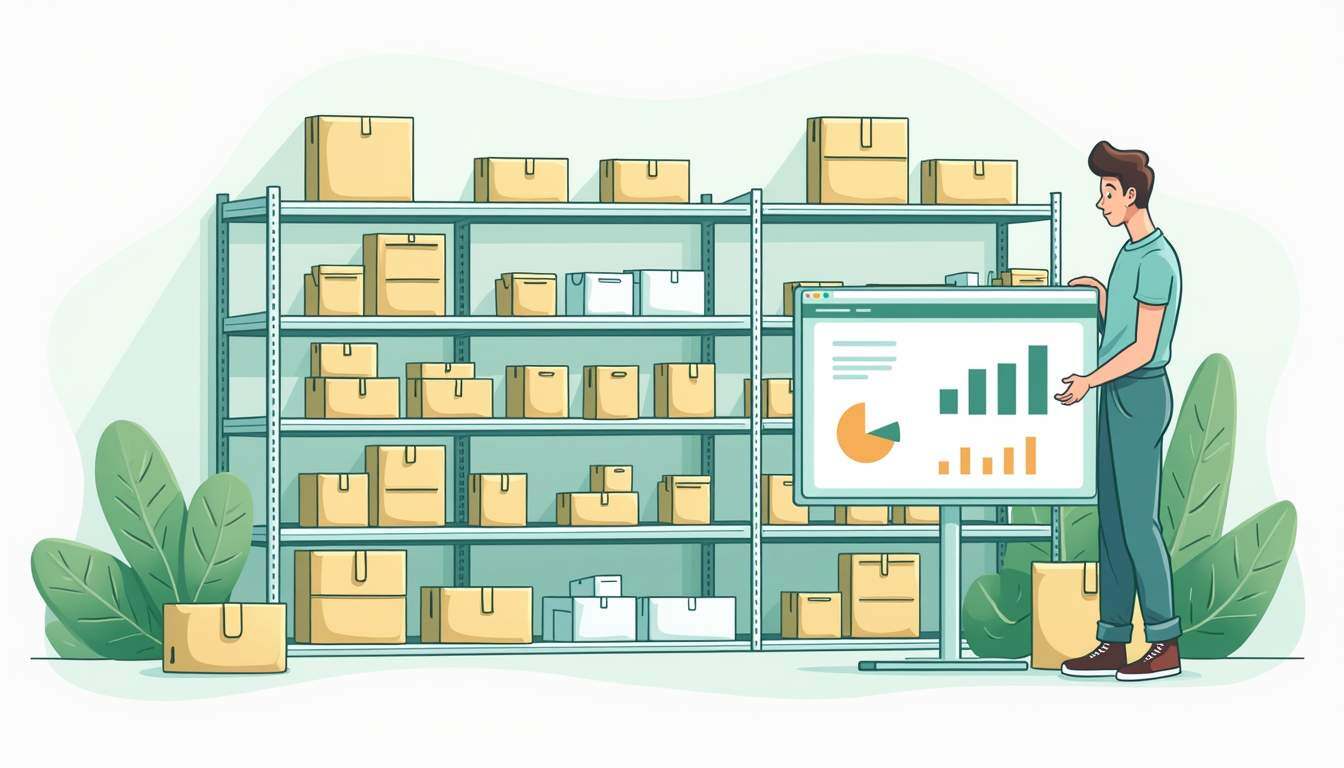Maximizing Warehouse Space Utilization for Ecommerce Success
by Shipfusion Team on Mar. 18, 2025
Effective warehouse space utilization is the foundation of an efficient and cost-effective ecommerce fulfillment strategy. As businesses scale, inefficient use of space leads to higher operational costs, slower order processing, and constrained inventory capacity. By optimizing wareho …
Misconceptions About Stock Control Ecommerce Businesses Should Correct
by Shipfusion Team on Mar. 3, 2025
Stock control in ecommerce is critical, yet many businesses fall victim to common misconceptions that can hurt their efficiency and profitability. Poor inventory management leads to cash flow issues, fulfillment delays, and lost sales, making it essential to adopt best practices that …
Become a Master of BigCommerce Inventory Management
by Shipfusion Team on Feb. 27, 2025
Inventory management is a direct factor in how well an ecommerce business operates. Overstocking ties up capital, while stockouts lead to lost sales and frustrated customers. BigCommerce offers a comprehensive suite of inventory management tools, but success depends on how effectively …
Shopify WMS: Elevate Your Ecommerce Operations
by Shipfusion Team on Feb. 18, 2025
A Warehouse Management System (WMS) is essential for Shopify merchants looking to streamline inventory management, optimize fulfillment, and scale their operations efficiently. Choosing the right Shopify-compatible WMS ensures seamless integration with your store and enhances overall …
How Is a 3PL Inventory Management System Better?
by Shipfusion Team on Feb. 17, 2025
A 3PL (third-party logistics) inventory management system offers businesses a way to scale their operations without the overhead of managing their own warehouses. By leveraging a 3PL provider’s technology and logistics infrastructure, businesses can optimize storage, streamline order …
The ROI of an Inventory Management System for Warehouse Operations
by Shipfusion Team on Feb. 14, 2025
An inventory management system is the backbone of efficient warehouse operations. It ensures that stock levels remain balanced, order processing speeds up, and forecasting becomes more accurate. Investing in the right system leads to measurable returns, from reducing costs to improvin …
What Is an RFID Warehouse Management System, and Do You Need One?
by Shipfusion Team on Feb. 13, 2025
RFID (Radio Frequency Identification) technology is transforming warehouse management by providing faster, more accurate inventory tracking. But is it the right solution for your business? Here’s a breakdown of how RFID warehouse management systems work, their benefits, and potential …
9 Things Top WMS Systems Have In Common
by Shipfusion Team on Feb. 12, 2025
A Warehouse Management System (WMS) is the backbone of efficient ecommerce fulfillment. The best WMS platforms streamline inventory management, improve order accuracy, and enhance warehouse productivity. Whether you're managing a single warehouse or a global ecommerce fulfillment netw …
Set Up a Warehouse Barcode System Using This Ready-Made Roadmap
by Shipfusion Team on Feb. 11, 2025
A warehouse barcode system enhances accuracy, speeds up operations, and improves inventory tracking. Whether you're transitioning from manual processes or upgrading an outdated system, implementing barcode technology streamlines workflows and reduces errors. A well-executed barcode sy …
UPC Symbols Decoded: What They Are and Why They’re Essential
by Shipfusion Team on Feb. 5, 2025
UPC symbols are integral to the modern retail ecosystem, facilitating various processes from inventory management to consumer purchases. This guide aims to provide a thorough understanding of UPC symbols, elucidating their structure, types, and practical applications in both physical …









